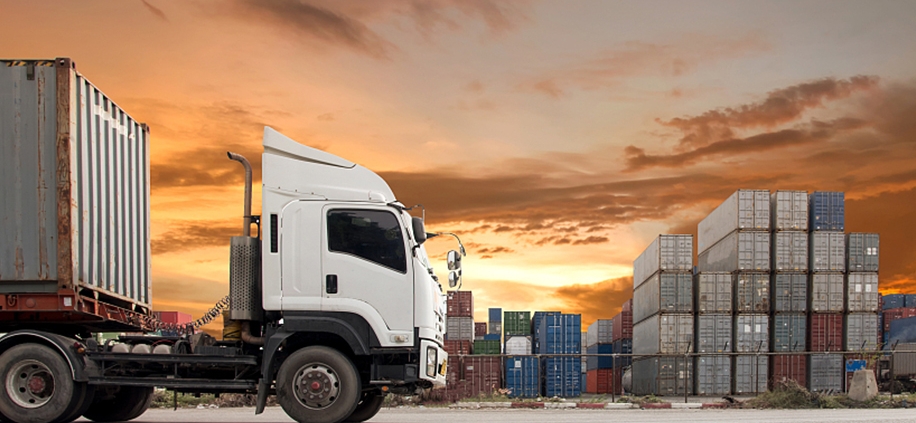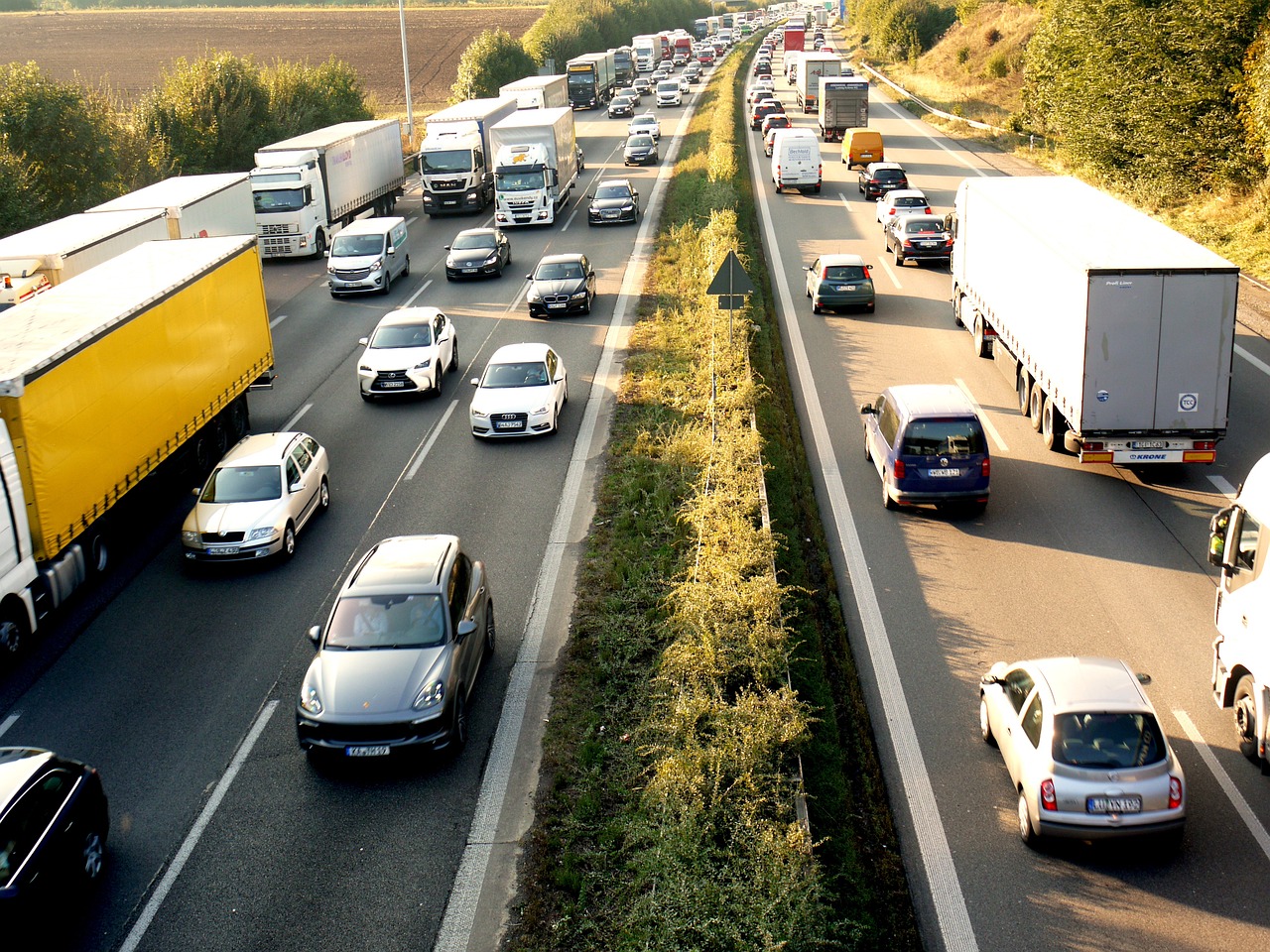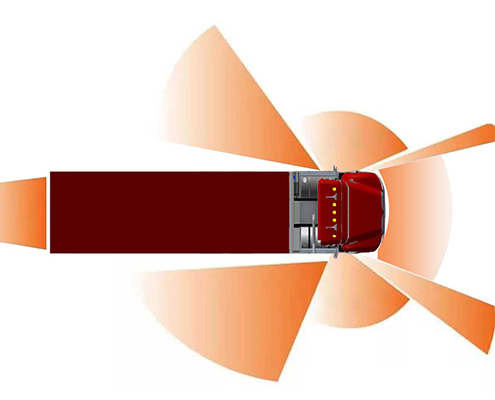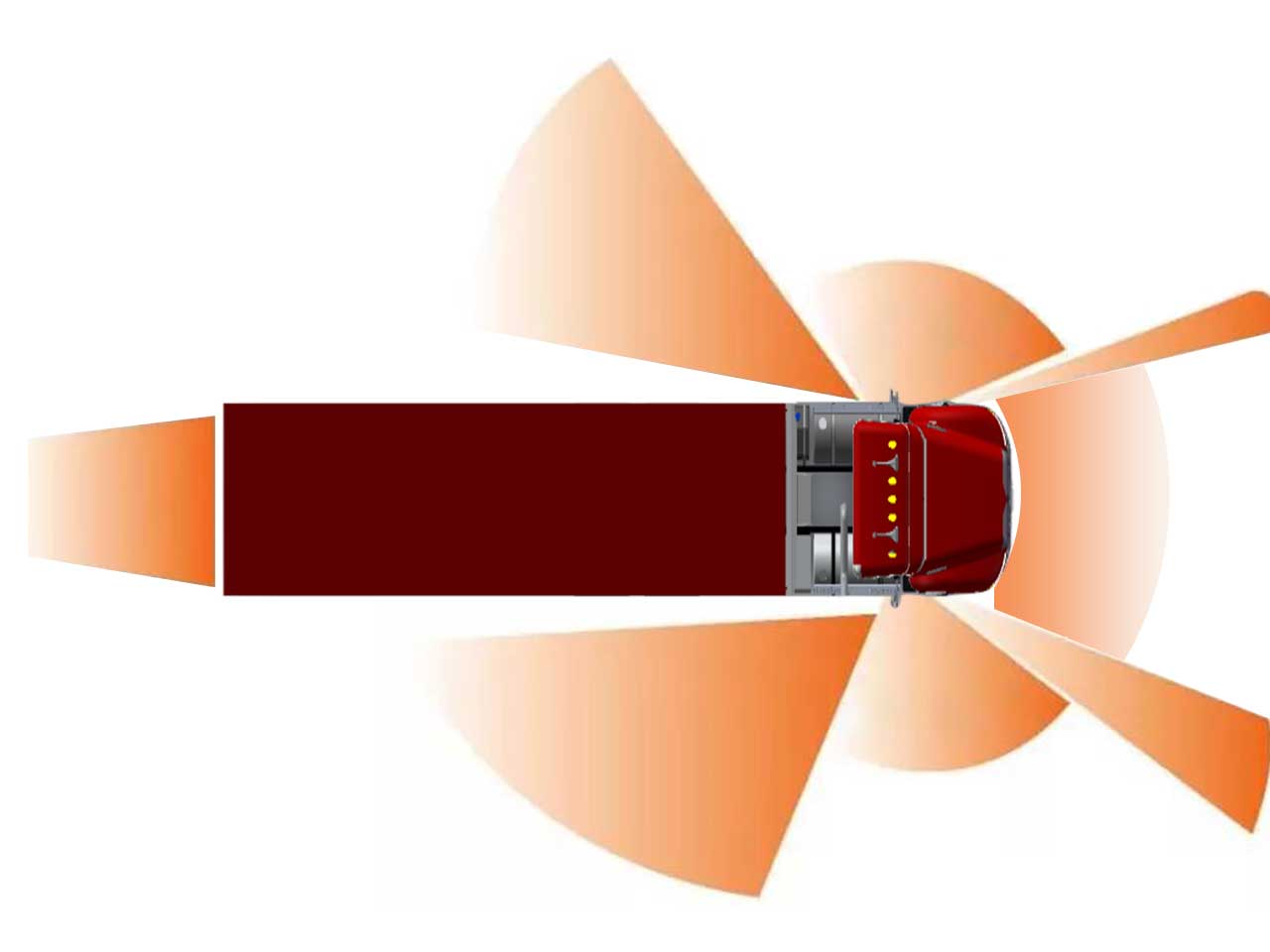In an increasingly congested and complex road environment, trucks play an important role as the backbone of goods transport and logistics. However, the huge size of trucks and the problem of blind zones pose serious challenges to the safety of drivers and other road users. To counteract this problem, camera monitor systems are proposed to be widely used on trucks to eliminate blind zones, improve driving safety and create a safer and more efficient environment while travelling on the road.
The blind spot problem is a major concern in truck driving. The large size of trucks prevents drivers from getting a full view when driving, merging, changing lanes and reversing, which can easily cause accidents and dangerous situations. Therefore, it is recommended that high resolution cameras be installed at key locations on the truck, such as the side, rear and front, to eliminate the risks associated with blind spots by transmitting images in real time to the driver’s display, allowing the driver to have a clear view of the vehicle’s surroundings.
The application of camera monitor systems brings a number of advantages. Firstly, it can provide drivers with a wider field of vision, helping them to have a better grasp of the situation around the vehicle so that they can perform operations such as lane changing, merging and reversing more accurately. Secondly, the system can also be equipped with a real-time warning function. When the system detects obstacles or dangerous situations around, it can warn drivers through sound, light or warning messages, helping them to take timely avoidance measures and reduce the risk of collision.
The promotion and application of this technology will not only enhance the driving safety of trucks, but also improve the overall safety level of road traffic. By eliminating blind spots and providing real-time warnings, it can reduce traffic accidents and protect the safety of drivers and other road users. In addition, camera monitor systems can improve driving efficiency. Drivers can complete lane changes, merging and reversing operations more quickly, reducing traffic congestion and improving overall traffic efficiency.
However, despite the great potential of camera monitor systems to improve driving safety and driving efficiency, there are still some key issues to be aware of. Firstly, the reliability and stability of the technology is crucial – after all, driving safety is the highest priority. Secondly, drivers need to be trained to fully understand and properly use the technology as an aid to driving rather than a substitute.
In the future, camera monitor systems are expected to be further improved as technology continues to develop and innovate. More advanced image processing technology, the application of artificial intelligence, and interconnection with other vehicles and road infrastructure will further enhance the performance and effectiveness of the system, making truck driving smarter and safer.




